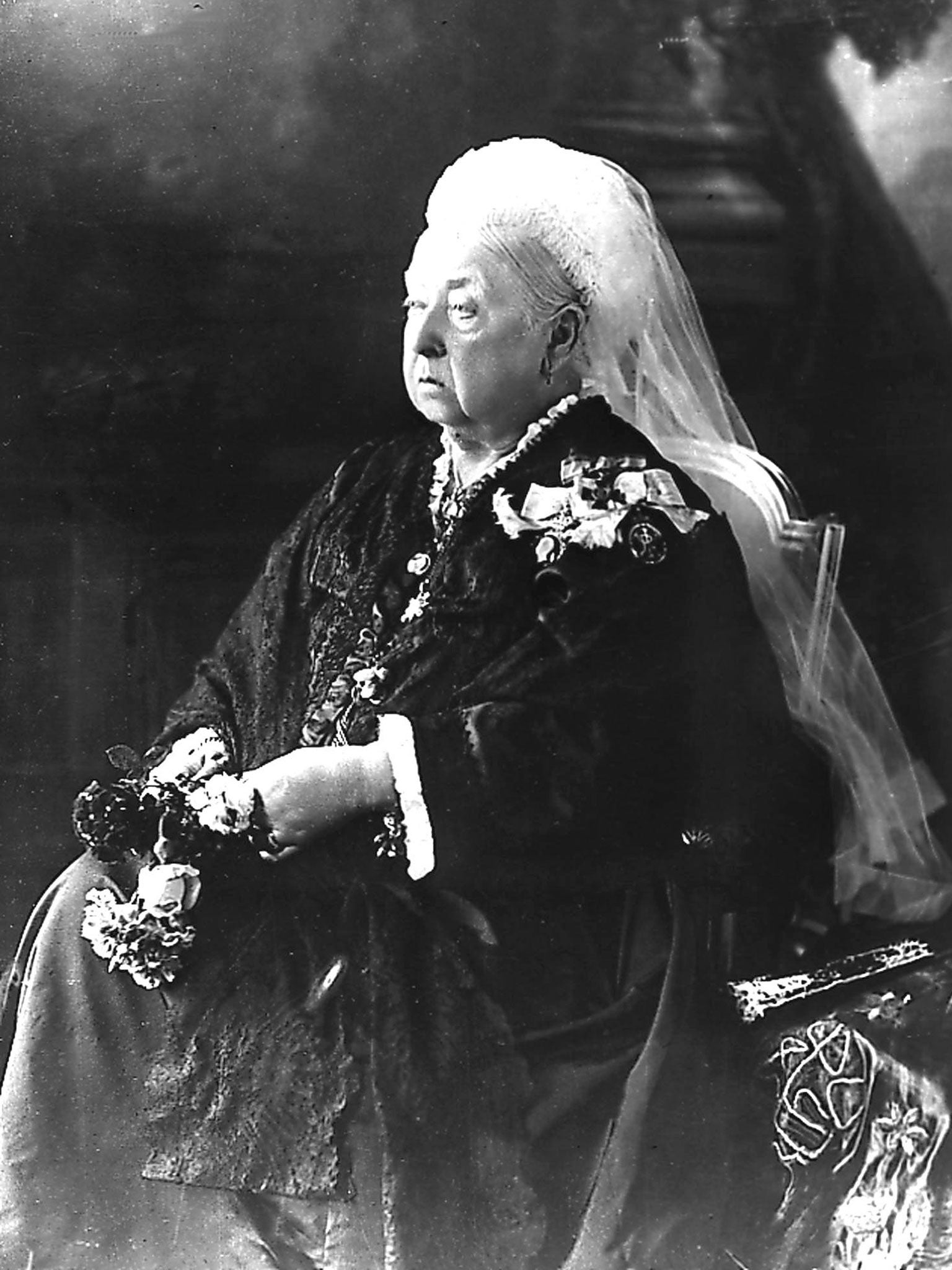Paperback review: Serving Victoria: Life in the Royal Household, By Kate Hubbard
Court in the act: downstairs at the palace

Your support helps us to tell the story
From reproductive rights to climate change to Big Tech, The Independent is on the ground when the story is developing. Whether it's investigating the financials of Elon Musk's pro-Trump PAC or producing our latest documentary, 'The A Word', which shines a light on the American women fighting for reproductive rights, we know how important it is to parse out the facts from the messaging.
At such a critical moment in US history, we need reporters on the ground. Your donation allows us to keep sending journalists to speak to both sides of the story.
The Independent is trusted by Americans across the entire political spectrum. And unlike many other quality news outlets, we choose not to lock Americans out of our reporting and analysis with paywalls. We believe quality journalism should be available to everyone, paid for by those who can afford it.
Your support makes all the difference.The re-assessment of Queen Victoria, which began in the latter part of the 20th century, continues with Hubbard’s quiet but sympathetic account of the lives of some of the men and women who worked for the monarch and whose roles have been largely overlooked by historians – such as the unhappily married Charlotte Canning, erstwhile painter and lady of the bedchamber, or the intellectual Mary Ponsonby.
There’s little juicy gossip – Victoria seemed to have a knack for picking discreet and loyal staff, and the High Church beliefs of some of them would have precluded tittle-tattle – but there are useful reminders about the trying nature of the job. Victoria’s love of regulation meant instructions for maids about when to enter her rooms with seltzer water, when to leave, when to fetch a handkerchief, and to sit in the wardrobe room all day until called. Ladies-in-waiting had to ask permission to walk in certain parts of the grounds, and sometimes the only opt-out of the job was a death in the family.
Victoria is the woman we’ve come to expect now – an emotional, often self-indulgent, often kind, unintellectual and dutiful hausfrau, in a passionate relationship with her husband but cooler towards her children, much to the nursery governess Sarah Lyttleton’s concern. Hubbard’s servants’ history doesn’t really challenge that perception but rather reinforces it. Their frustrations with her ways were easily transferred on to the luckless and increasingly exhausted Albert, though, as the handy foreigner on whom all could be blamed, until John Brown became the servant who truly got above himself.

Join our commenting forum
Join thought-provoking conversations, follow other Independent readers and see their replies
Comments